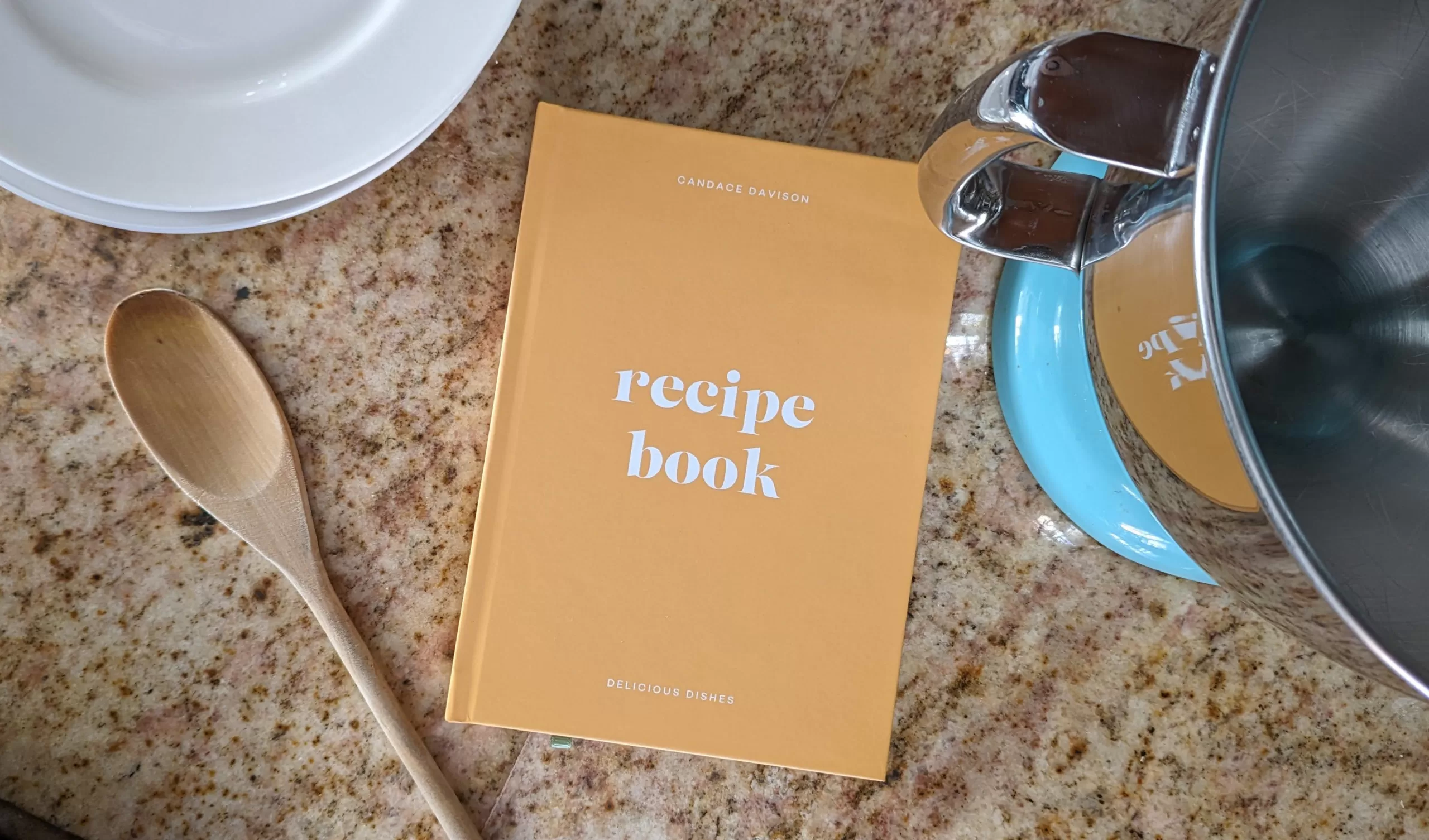Category: Journaling
How to get into journaling, as well as the most popular methods and types of journals and reviews of major brands
-
Review: Is Papier the Best Recipe Journal Out There? Here’s How I Use It
Papier makes one of the most popular recipe journals out there, but is it the best recipe journal? Here’s my unfiltered review, after 6 months’ use.
Written by

-
Create Your Own Artist Statement for Life
Painters, illustrators and other artists of all ilks create a two- to five-paragraph statement that introduces people to their work and, by extension, who they are. It’s displayed in galleries, so visitors can get a sense of the artist while taking in his or her work. It answers some of those questions that arise when…
Written by

-
Give Yourself a Fresh Start
Welcome to Life Between Weekends! We’re here to infuse a little more joy (and, okay, a healthy dose of ridiculousness) into your weekdays, so you can live every day with that, “OMG, it’s Saturdaaaaay!” feeling. We’re serving up a new post every Monday-Wednesday, and on Sundays, our newsletter subscribers will get 10 reasons to look…
Written by
